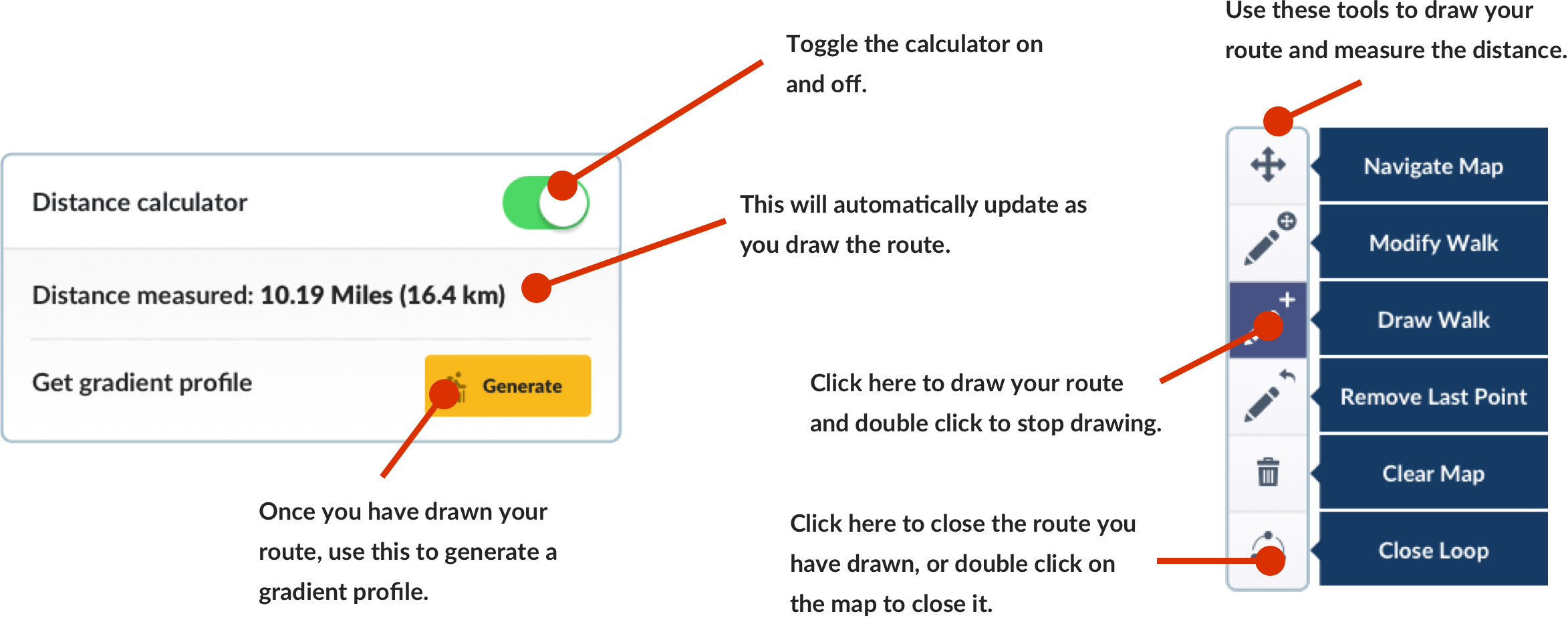Wedi’i ychwanegu at eich Cynllunydd Taith isod
Cyfrifiannell pellter
Hidlwyr Map

Customise your trip with our filters.
Hidlwyr Map

Ewch o un opsiwn i’r llall isod i ddangos y marcwyr sydd ar gael.
Cyffredinol Marchogaeth BeicioLlety
Pwyntiau o ddiddordeb
Gwasanaethau
Llwybrau
Llety
Pwyntiau o ddiddordeb
Trafnidiaeth
Llety
Pwyntiau o ddiddordeb
Trafnidiaeth
Mae'r proffil o uchder eich teithlen yn cael ei greu pan fyddwch yn defnyddio’r cyfrifiannell pellter (uchod) i dynnu llinell.
Mae'r proffil o uchder eich teithlen yn cael ei greu pan fyddwch yn defnyddio’r cyfrifiannell pellter i dynnu llinell.

The development of the harbour in Whitehaven started with the beginning of the Irish coal trade. In 1634 Sir Christopher Lowther built a stone jetty, now known as the Old Quay. It is one of the oldest remaining coal wharves in Britain. This was extended in 1655 and again in 1687. Look out for the sundial on the side of the lighthouse, with the date 1730. Originally the lighthouse had an oil lantern, but this was replaced with a gas light in 1834.
The Sugar Tongue Quay (used for unloading sugar from the West Indies), later the Fish Quay, was added in 1809. The Lime Tongue (from which large quantities of lime were exported in the 19th Century) was added in 1754. As trade continued to expand, additional quays were built, culminating in the construction of the North Pier (1833-41) and the West Pier (1824-38) The West Pier was designed by the great civil engineer, John Rennie.
The final phase was the Queens Dock, built between 1872 and 1876. The Marchon chemical plant, on the hill above Whitehaven, was a major user of the Queens Dock for many years until 1992, bringing calcium phosphate from Africa to make detergents.
